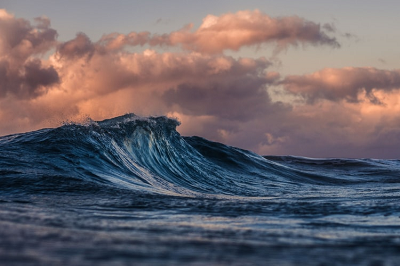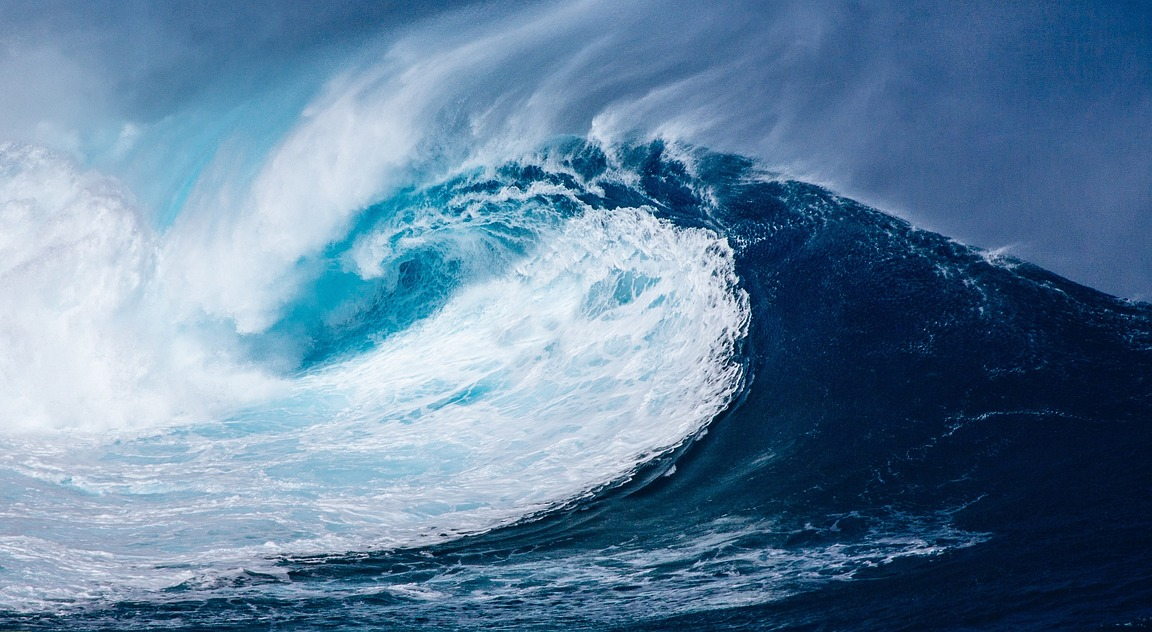Unit 4: Waves
Unit 4: Waves

Unit 4: Waves

Unit 4: Waves
Unit Focus
This unit emphasizes wave formation and the parts of a wave. Students will also study a variety of wave types and the impact waves have on the coastline.
Waves are most commonly caused by wind. The friction between wind and surface water creates wind-driven waves or surface waves. As wind blows across the surface of the ocean or a lake, the continual disturbance creates a wave crest. These waves are found globally across the open sea and along the coast.
More potentially hazardous waves can be caused by severe weather, like hurricanes. The strong winds and pressure from this severe storm cause storm surge, a series of long waves created far from shore in deeper water and intensifying as they move closer to land. Other hazardous waves can be caused by underwater disturbances that quickly displace large amounts of water, such as earthquakes, landslides, or volcanic eruptions. These very long waves are called tsunamis. Storm surge and tsunamis are not the waves you imagine crashing down on the shore. These waves roll upon the shore like a massive sea level rise and can reach far distances inland.
Student Goals
- Define a wave.
- Identify the parts of a wave.
- Describe how deep-water and shallow-water waves form.
- Explain features of the coastline formed by wave action.
Vocabulary
Lesson Reading

